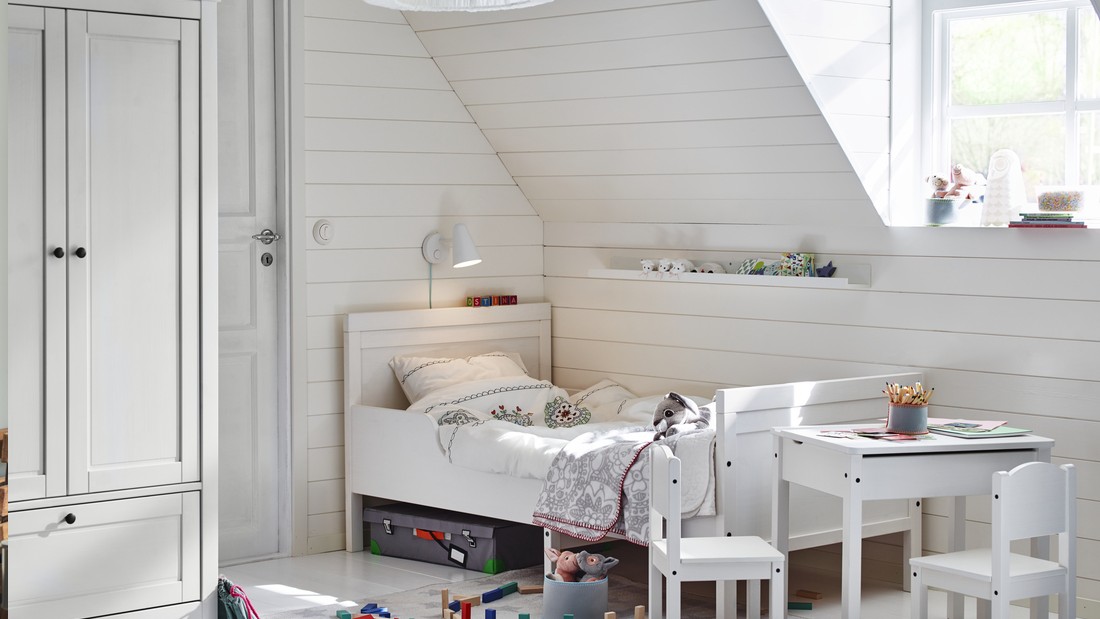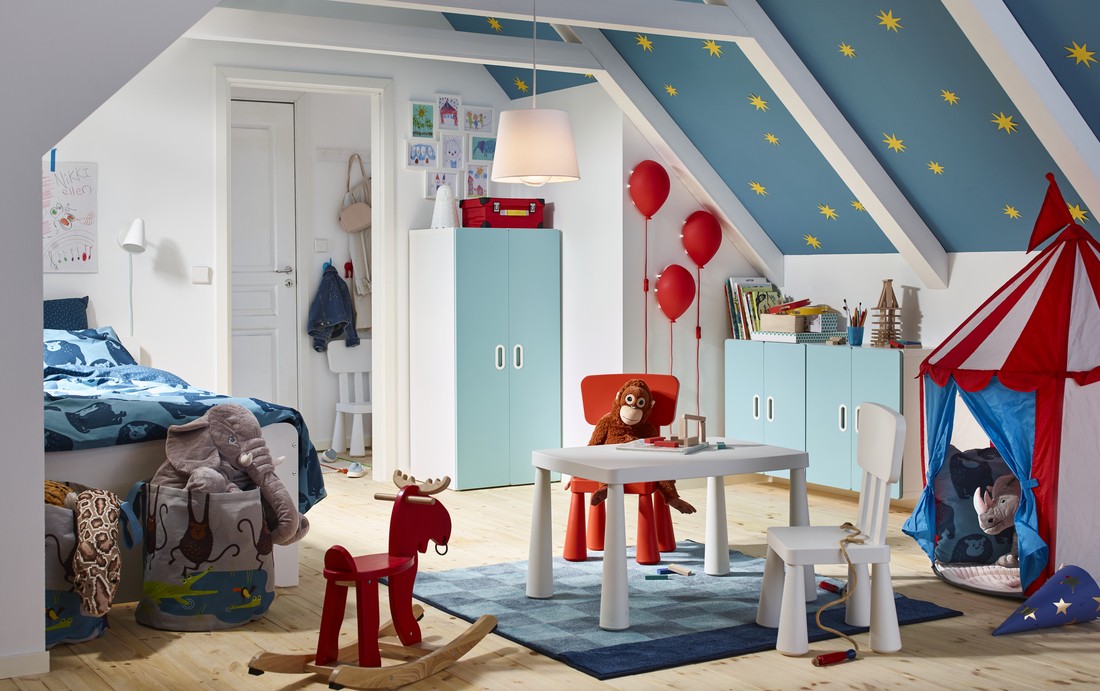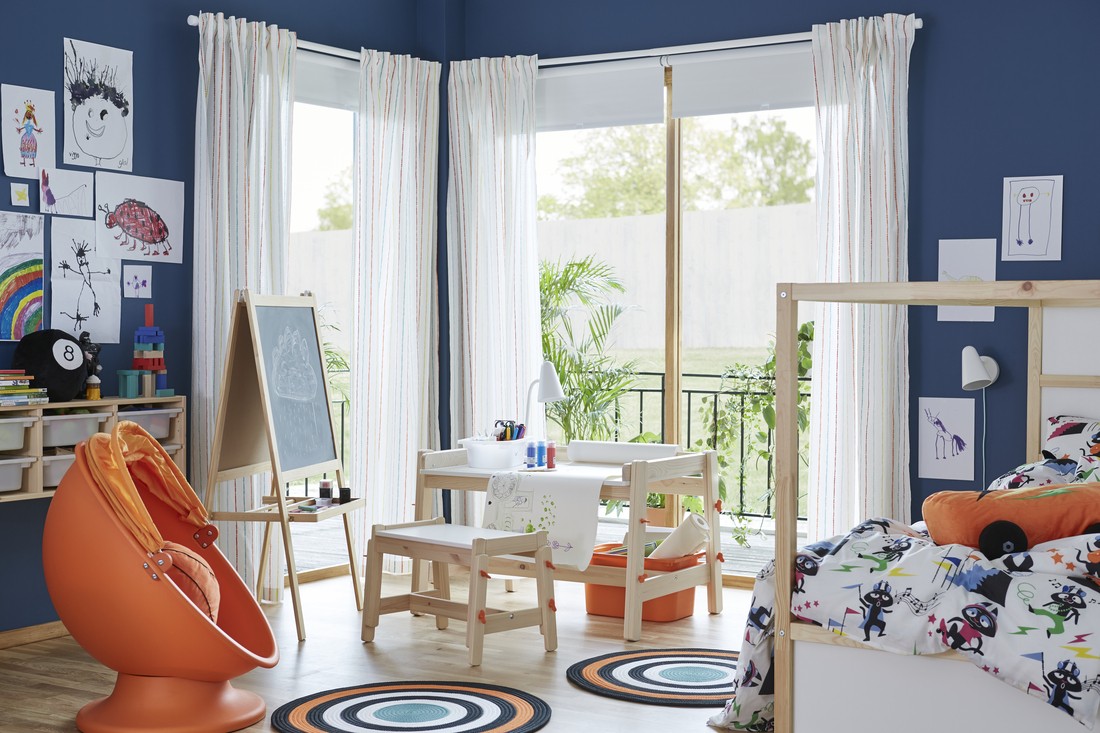Decorative elements can add appeal and inspiration to the study space. Add educational posters, a chalkboard, or a pinboard for notes and ideas. These functional decorations not only beautify the room but also support the child's learning activities.
Additionally, add a few small potted plants on the desk or shelves. Plants not only provide a natural touch but also help improve indoor air quality. With the right decorative elements, the study space will feel more lively and inspiring.
Wisely integrating technology
Using technology can be an effective learning tool. Provide a computer or tablet with internet access to support the child's learning activities. Ensure these devices are equipped with educational software and beneficial applications.
However, it is essential to manage technology use wisely. Limit the time spent on electronic devices to avoid distractions and addiction. Establish clear rules and schedules for when and how technology can be used in the study space.
Creating an efficient and functional minimalist study space in a child's room requires planning and creativity. By selecting the right location, choosing functional furniture like IKEA
Study table, utilizing vertical storage, and paying attention to decorative elements, you can create a comfortable study area that supports the child's productivity.


